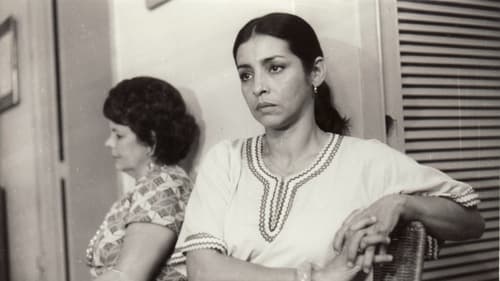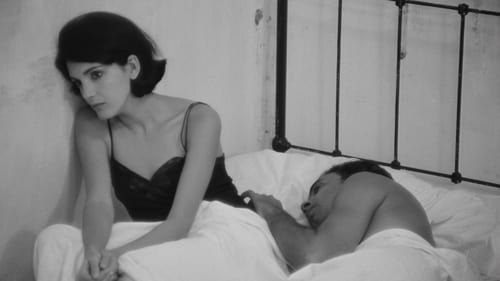
Teresa is overwhelmed: with a husband, three young sons, a job as a crew leader in a textile factory, and volunteer commitments as cultural leader of her union. Her husband, Ramón, wants more of her attention; her feelings are mixed, wanting domestic peace, feeling responsibilities to the revolution, and wanting to control her own life beyond doing dirty dishes. They separate; he begins an affair. When he wants a reconciliation, she asks what his response would be if she'd had an affair too. "But men are different," is his reply. He's failed her test, and to hold on to independence and self-respect, she remains uncompromising and hard-edged.

Rebuild, in the same place of events, a trial held in 1969 to four men, accused of sabotage for having caused the fire of a forest plan that caused the death of eight people and large material losses. At the same time, it analyzes retrospectively the circumstances that contributed to the occurrence of the crime.

Antonica
This Cuban feature examines the circumstances arising out of a woman's claim to have seen the Virgin Mary and to have been healed by waters from a nearby stream. In an accelerating storm of cynical opportunism, her sincere beliefs are exploited by businessmen, politicians and military men. Rival groups compete to exploit the hysteria the vision causes, and the chaos culminates in a revolution. Striking imagery and skillful camerawork enhance this feature.

Cuban peasants wield machetes in a violent uprising against Spanish authorities in the late 19th century.

루시아는 각각 다른 시대적 상황을 배경으로 여성해방의 문제를 그린 3부작 옴니버스 영화로, 주인공들의 이름이 모두 루시아다. 1부에서 라파엘을 죽인 루시아는 끌려가던 거리에서 “쿠바는 깨어나라”고 외치는 한 미친 여자에게서 위로를 받고, 2부에서 독재자 바티스타 정권에 넘어간 암울한 극적 분위기를 마무리하는 것은 카메라를 쳐다보는 루시아의 눈이며, 3부에서 혁명군에게 글을 배운 문맹의 루시아가 처음으로 쓴 문장은 “난 떠나요. 난 노예가 아니에요”다. 이렇듯 혁명 이전과 이후 해방의 분위기 속에서도 해방된 삶을 살고 있는 건지 의심스러운 여러 루시아들의 삶을 극적으로 그려내고 있다. 토마스 구티에레즈 알레아 감독과 더불어 현대 쿠바영화의 거장인 움베르토 솔라스 감독은 각 이야기의 시대와 주제에 따라 영화의 스타일을 달리했다. 1890년대의 이야기는 멜로드라마로, 1930년대에는 복고풍의 화면으로, 마지막 1960년대의 이야기는 가벼운 코미디로 그려냈다. 2시간 40분이라는 만만치 않은 상영시간 동안 그는 파노라마처럼 시대의 변화를 담아낸다. 그것을 결국 역사의 흐름이 ‘진보’쪽에 있었음을 능숙하게 설득시킨다. 1960년대 말의 쿠바영화가 고전기 할리우드 혹은 구소련 영화와 맞먹는 형식미를 보여주는 걸작이다.

Tulipa, an old strip-teaser from a traveling circus, is replaced by a younger, more wild woman. She must teach the job to her successor or cling to an act that she values as true art.




